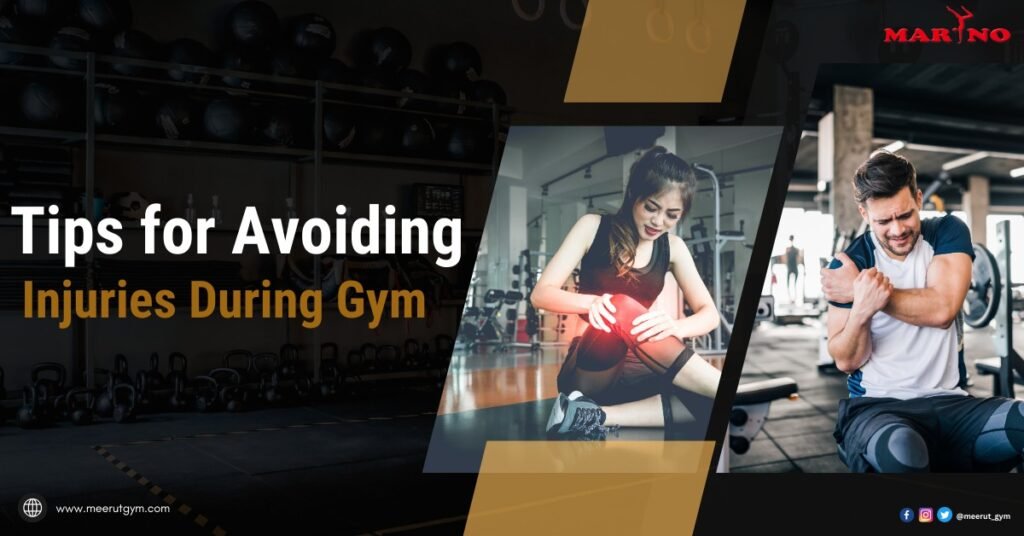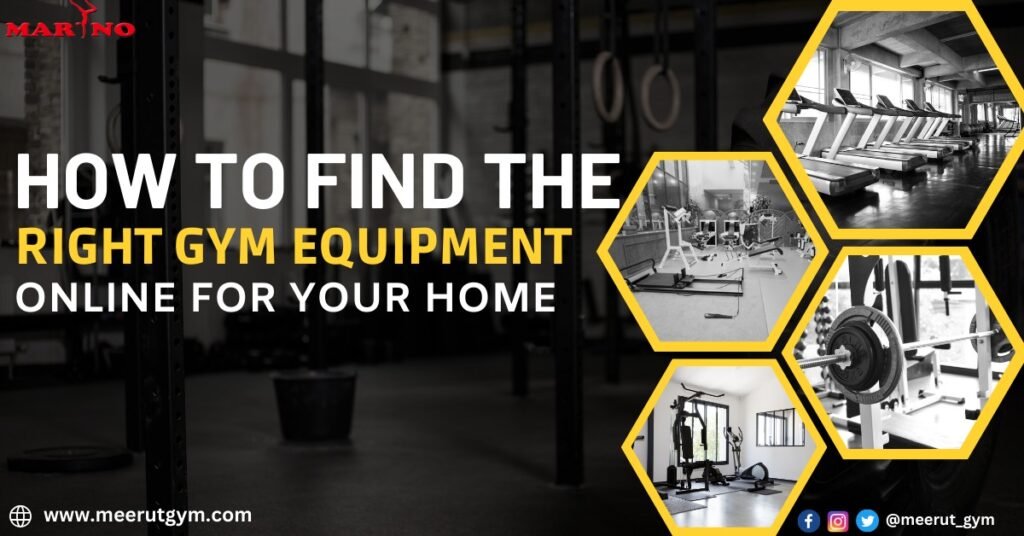Acquiring home workout machines is an amazing way to chase your health targets from the solace of your own abode. However, retaining your gear is similarly vital to guarantee it survives long and stays undangerous to utilize. The right upkeep not only ensures your venture but also assists you with removing ideal benefits from your meetings. Here’s an itemized aide on the most proficient method to keep up and deal with your home exercise hardware. You’ll need to clean and oil moving parts regularly to forestall rust. Larger gym equipment benefits from a thorough check for loose or worn pieces monthly. See to it smaller gear receives the same care and attention to prevent injury down the line. Inspect resistance bands for frays that could cause snapping and carefully fold away yoga mats between uses to extend their lifespan.
Regular Cleaning
Sweat and dust are two primary culprits that can degrade your gym equipment. Wipe down machines, weights, and mats after every use with a clean cloth and a mild cleaning solution. Avoid using harsh chemicals as they might damage the material. For equipment like treadmills or ellipticals, focus on areas like handrails and buttons, as they often harbor bacteria. Regular cleaning keeps your gym hygienic and your equipment functioning optimally.
Inspect for Wear and Tear
Home gym equipment, no matter how durable, is subject to wear and tear over time. Make it a habit to inspect your machines, cables, and accessories monthly. Look for frayed cables, loose bolts, or cracks in dumbbells and benches. Catching issues early can save you from costly repairs or accidents.
Lubricate Moving Parts
Equipment with moving parts, like treadmills and stationary bikes, require regular lubrication to keep them running smoothly. Refer to the manufacturer’s guidelines for the type of lubricant to use and how often it should be applied. Proper lubrication reduces friction, preventing excessive wear and extending the life of your equipment.
Protect Your Flooring
Gym equipment can be heavy and might damage your flooring over time. Use protective mats beneath heavy machines to prevent scratches and dents. Mats also provide a stable base, reducing noise and vibrations during workouts.
Keep Equipment in a Suitable Environment
Extreme temperatures, humidity, and moisture can damage your gym equipment. Ideally, keep your home gym in a temperature-controlled room. If your gym is in a garage or basement, consider using a dehumidifier to prevent rust on metal parts.
Use Equipment Properly
Misusing gym equipment not only risks injury but can also cause damage. Always follow the manufacturer’s instructions for assembly and use. Avoid overloading machines or weights beyond their capacity, as this can lead to mechanical failures.
Replace Worn-Out Accessories
Over time, certain gym accessories like resistance bands, grips, and straps may wear out. Replace these items as soon as you notice signs of deterioration. Continuing to use damaged accessories can compromise safety and the quality of your workout.
Rely on Quality Supplies
Lastly, maintaining your equipment also involves using high-quality accessories and replacement parts. When shopping for replacement parts or additional accessories, make sure to choose reliable sports material suppliers who offer durable and trusted products. Investing in quality ensures your equipment remains in peak condition and supports your fitness journey effectively.
By dedicating a little time to the care and maintenance of your home gym equipment, you can ensure its longevity, functionality, and safety. With consistent effort, your home gym can remain a valuable and inspiring space for your fitness goals.














